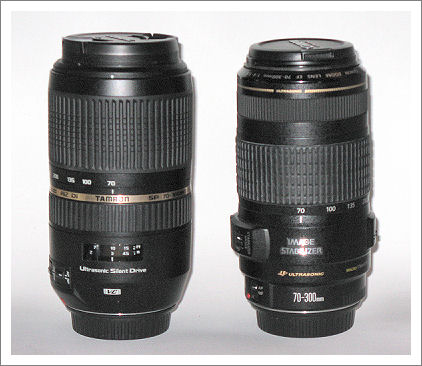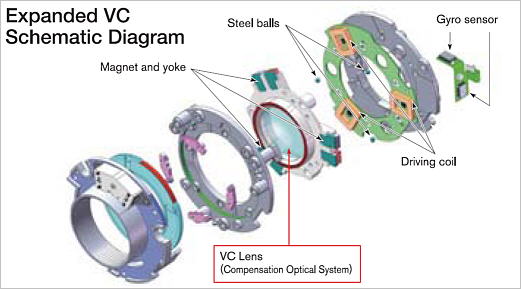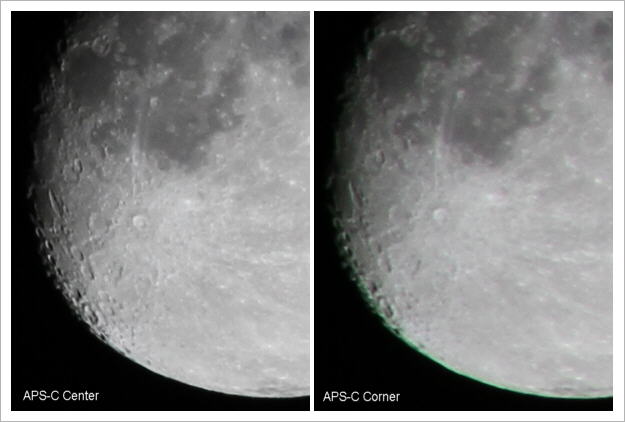

Tamron SP 70-300MM F/4-5.6 Di VC USD Review

Tamron SP 70-300MM F/4-5.6 Di VC USD (left), Canon EF 70-300/4-5.6 IS USM (right)
The Tamron is a little fatter and takes 62mm filters (the Canon takes 58mm filters)
Note the zoom rings operate in opposite directions
On paper the Tamron SP 70-300MM F/4-5.6 Di VC USD XLD looks pretty good. It has the same zoom range and speed as the Canon 70-300/4-5.6 IS USM. Both have built in image stabilization and have a low dispersion glass element to improve image quality. Both have full frame coverage. However the Tamron comes with a lens hood, a 6 year warranty, and with the current rebate it's $130 less expensive. But is it as good?
Image Quality
I tested the Tamron SP 70-300MM F/4-5.6 Di VC USD against a Canon EF 70-300/4-5.6 IS USM using an EOS 7D DSLR, which currently has the highest native sensor resolution of any Canon DSLR (and in fact of any DSLR). With 18MP in an APS-C frame the theoretical resolution limit at the sensor is 116 lp/mm (neglecting any blurring as a result of the low pass filter over the sensor). I also used an EOS 5D to look at the image quality at the edges and corners of the full 35mm frame.
After both "real world" and resolution target testing, on both APS-C and full frame sensors and looking at several hundred images I came to the following conclusions:
- The Canon and Tamron 70-300 zooms are pretty much equal in terms of sharpness in the center of the image at all focal lengths from 70mm to 300mm. Both are very good for this class of lens. They're not quite up to prime lens levels of sharpness, but they can be surprisingly close.
- Both lenses are sharp wide open and improve a little on stopping down. However they can both be used wide open without worrying too much about image quality. Technically, the Tamron overall sharpness probably peaks at around f8 (center) and f11 (corner) at all focal lengths, but the difference between wide open and stopped down is quite small and shooting wide open (and hence with a faster shutter speed or lower ISO setting) will often give the best results.
- At 300mm the Tamron is sharper in the corners of the image than the Canon, especially when shooting with a full frame sensor, though there is still a difference in the corners of the APS-C frame.
- At 135mm there's little difference between the two lenses over the whole of the APS-C frame. Over the full 35mm frame the Tamron is a little better in the extreme corners.
- At 70mm there's really nothing to pick between the two lenses. Both show very similar sharpness at the same points in the frame, all the way out to the corners of the full frame image.
- Both lenses show similar levels of vignetting wide open. I'd estimate the Tamron vignetting at about 1 stop of underexposure in the corers, wide open on a full frame sensor, across the whole zoom range.
- Both lenses show similar low levels of chromatic aberration. It's most noticeable at longer focal lengths (300mm). At 135 and 70mm there's really no visible chromatic aberration over the APS-C frame.
The Tamron SP 70-300MM F/4-5.6 Di VC USD shows very slight (barrel) distortion at 70mm. As the lens is zoomed out the distortion type switches to pincushion (somewhere between 75 and 80mm) and gradually increases to something like 0.6% pincushion distortion between 135mm and 300mm.
Tamron's published MTF data is shown below:

Image Stabilization
Image stabilization is always difficult to test in any quantitative fashion. To look at these two lenses I tried several techniques but basically it boils down to taking lots and lots of shots at various shutter speeds with each lens and then looking at all the images and coming up with some sort of statistical assessment of sharpness.

After a lot of testing I pretty much came to the conclusion that the Tamron VC (vibration Control) is about the same as the Canon Image Stabilization, with both yielding somewhere around 3 stops of stabilization based on "acceptably sharp" images and the "1/focal length" rule of thumb. That means that you've got a decent chance of getting sharp images at 300mm with shutter speeds down to about 1/60s, maybe 1/30s if luck is with you. I know this is a somewhat "fuzzy" conclusion, but that's the nature of image stabilization. All it does is increase the probability of getting a sharp image. It doesn't guarantee it. You can sometimes get a blurred image at 1/250s and a sharp image at 1/25s. You still can't beat a tripod if sharp images are your goal, but we all know that we don't shoot with a tripod all the time, so image stabilization of some form is always helpful when a tripod is impractical.
The Tamron VC seems to make the image "jump" more than the Canon IS when stabilization starts up and is sometimes seems to "jerk" the image during use more than the Canon system, but it seems just as effective once in operation.
Examples
First here are 100% crops of shots of the moon. These were taken using a sturdy tripod and the best shot of a sequence chosen since atmospheric effects can sometimes blur images. In the case of both the Tamron and Canon lenses the image is slightly sharper in the center of the frame and the image at the corner of the frame shows some chromatic aberration.

Tamron 70-300/4-5.6 Di VC USD at 300mm

Canon EF 70-300/4-5.6 IS USM at 300mm
There's not a huge difference between these images, especially in the center of the frame. The Tamron shows slightly less chromatic aberration and slightly better sharpness in the corner though. It's interesting that both seem to show the same type of CA (green/magenta).
Below are 100% crops from shots taken at 135mm with an EOS 7D at ISO 1600. They show image quality in the center of the frame and at the lower left corner of the (APS-C) frame.

As you can see image quality holds up well with both lenses, right out to the corners of the APS-C frame. Neither is showing visible chromatic aberration.
Finally here are 100% crops from shots taken at 70mm, again with an EOS 7D showing center and (APS-C) corner quality.

Again image quality is similar, good out to the corners of the APS-C frame and chromatic aberration is not visible.
NEXT -> Part III - Conclusions
